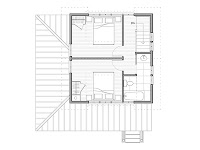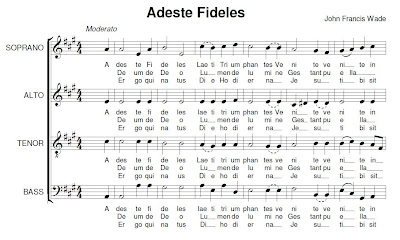I was introduced to the concept of buying bonds rather than stocks or mutual funds by the book
Your Money or Your Life, originally written almost 20 years ago. Most reviewers now say that the book is useful
except for the investment advice, but I was intrigued enough to read further. Isn't a guaranteed income source with no risk and no fees a good idea, I thought? I followed it up with reading Hank Cunningham's
In Your Best Interest: The Ultimate Guide to the Canadian Bond Market.The basic concept is that corporations borrow money, offering a fixed rate of interest paid twice a year, and repaying the principal on a certain date in the future. For instance, I have the info on an RBC Capital Trust bond up on my screen right now. The maturity date is December 31, 2015 (although maturity dates can be any day of the year, not just the last day). The interest rate that the bond pays is 4.87%. By convention all bonds pay their interest twice a year, on the anniversary date of the bond and the half-year anniversary. So if I buy a $5000 worth of this bond, it would pay me 4.87% * $5000 / 2 = $121.75 on December 31 and June 30 every year.
Where things get interesting is that regular consumers like us rarely buy bonds directly from the corporation. They are bought in huge blocks by banks and trading companies, and re-sold to the consumer. So what happens if a bond is paying only 2% interest, and the overall interest rates rise? Or conversely, the bond pays 10% interest, and rates have fallen? The trading companies compensate by either discounting the purchase rate of the bond, or charging a premium for it.
As an another example, there's a Groupe Aeroplan Inc. bond that matures on 2012/4/23 and pays 9% interest. Sounds awesome, right? But, that's offset by the price of the bond, which is $107.750 for each $100 of bond. For that reason the printed interest rate on the bond is called the "coupon", and the effective interest that you earn is called the "yield". The annual yield for this bond works out to be 3.1075%.
Here's how that bond would work in practice:
1. I buy $5000 worth (the usual minimum). Because the coupon rate is high, there is a premium on the price. It costs me $107.750 for each $100, which is a total of 50 * 107.750 = $5,387.50.
2. Since the bond pays the next interest on April 23, the bank figures out what portion of that is mine and which portion is theirs. There have been 48 days since the last interest payment on October 23, and there will be 134 days since the next payment. The payment will be 9% * $5,000 / 2 = $225, so the bank adds 48/134 of this ($80.67), which is their portion, to what they charge me. They call this
accrued interest.
3. On April 23, 2011, I get paid the entire $225 interest for that six-month period.
4. On October 23, 2011, the six-month anniversary of the bond, I get another $225 interest payment.
5. On April 23, 2012, the final interest payment of $225 is paid, and the original $5,000 value of the bond is also returned to me.
One way that bonds are different than mutual funds (other than the obvious) is that there are no fees with bonds. The banks buy them at one price and sell them to you at another, and they make their money on that spread. When I see a yield of 3.1075%, I know that's exactly what it is, with no fees to buy it, no management fees while it sits in my account, and no fees when it matures.
I've been buying bonds for our retirement for two and a half years now. I use Scotia ITrade (formerly ETrade) and RBC. The yields are not as exciting as what mutual funds used to promise us - I generally get from 4% to 8% in the time frames I look at (I stagger my maturity dates and have bonds maturing as late as 2022). However, when I consider that a GIC that matures in the middle of 2012 gets only 1.5% interest, that 3.1% yield bond seems like a smarter place to park my money.
Please note that I am talking about bonds, and not bond funds; none of the benefits I mention above apply to bond funds.
 It's hard to find comparable real estate listings to know what the units would sell for, since condos are not very common in the Beach, especially 80-year-old ones. Drive seven minutes west to the new live/work lofts at Carlaw and Dundas, and a 1-bed, 1-bath will set you back $354,900... but drive north-east to Victoria Park and Danforth instead, and the same size unit is only half that, at $178,000. In my scheme they would be co-ownerships rather than condos, and I also haven't quite figured out how much lower the prices are for those on average.
It's hard to find comparable real estate listings to know what the units would sell for, since condos are not very common in the Beach, especially 80-year-old ones. Drive seven minutes west to the new live/work lofts at Carlaw and Dundas, and a 1-bed, 1-bath will set you back $354,900... but drive north-east to Victoria Park and Danforth instead, and the same size unit is only half that, at $178,000. In my scheme they would be co-ownerships rather than condos, and I also haven't quite figured out how much lower the prices are for those on average.


